Off the grid: American crocodiles thrive at Florida nuclear power plant
Nuclear crocodiles are real in Florida.
No, they don't glow in the dark, but they do spend their lives in the canals outside a nuclear power plant.
In Homestead, at Florida Power & Light's (FPL) Turkey Point nuclear power plant, crocodiles – that's right, not alligators – hatch and live in the canals that cool the steam from the plant and in the ponds created for reptiles.
"Back in 1978, a worker found an egg and didn't know what it was and brought it to biologist," said Bill Orlove, senior manager, generation communications, marketing and communications, NextEra Energy, which owns the Florida energy company. "And for the last 40 years, we maintain a crocodile monitoring program to ensure that we are able and aim to be good stewards of the environment."
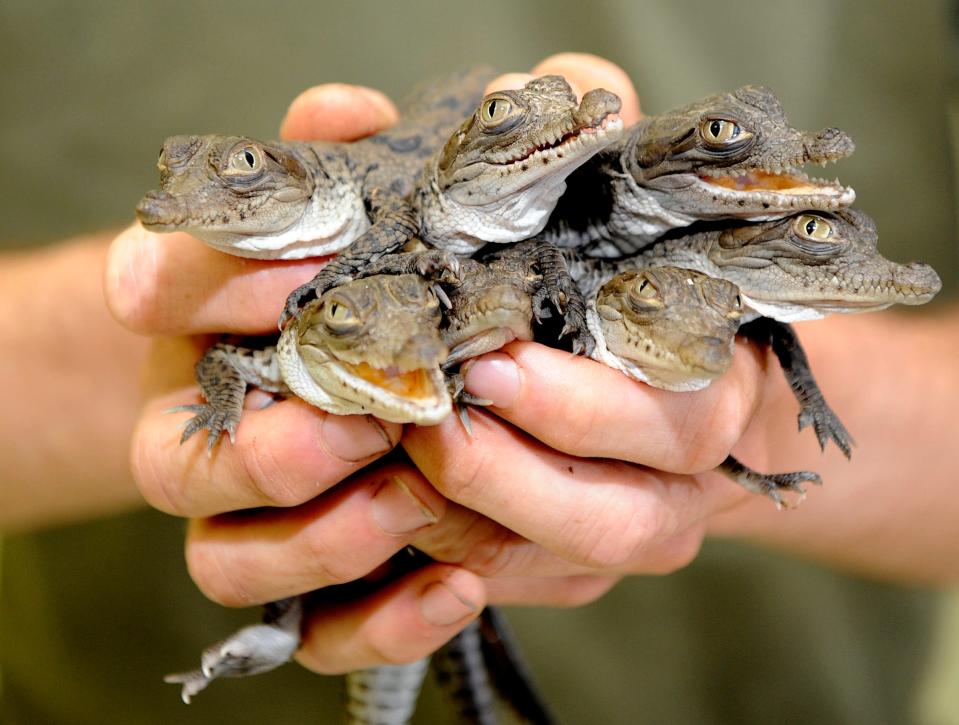
At the time of the first egg discovery at Turkey Point, the American crocodile was on the Endangered Species list of the U.S. Fish and Wildlife Service. With the help of FPL, the Florida population has recovered and is now classified as threatened by the federal service and Florida’s Endangered and Threatened Species Rule.
What's the difference between a crocodile and an alligator?
Alligators and crocodiles both live in Florida. Everglades National Park is the only place in the world where they coexist. They can be distinguished by head shape and color. Alligators, which more people know and see in Florida, have a broad, rounded snout with no lower teeth visible when their jaws are closed. They are primarily dark gray in color with a lighter color underside. The American crocodile has a narrow snout, and the fourth tooth of the lower jaw protrudes when closed. They are brownish gray, and usually are paler in color than alligators.
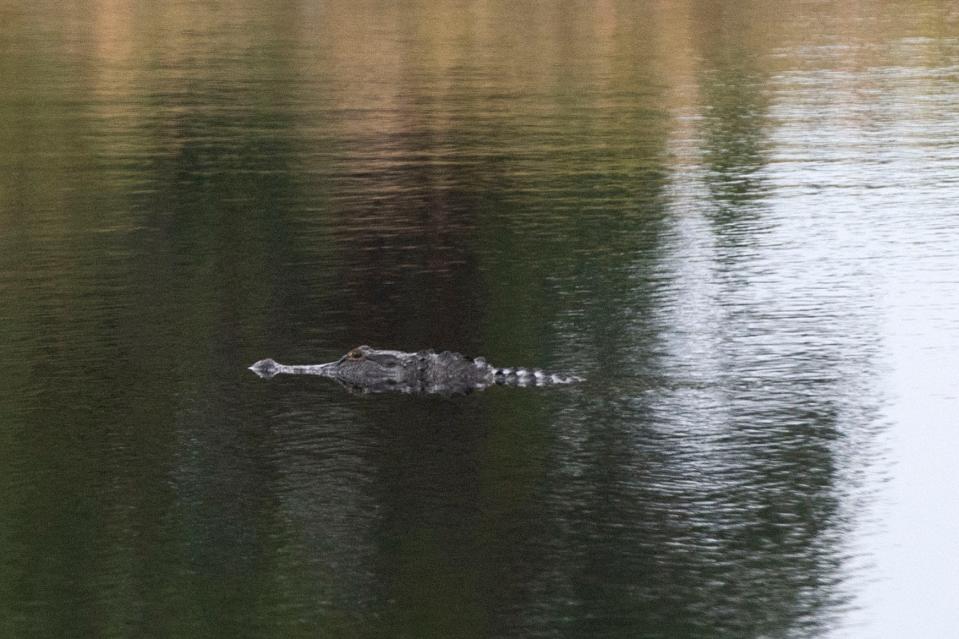
FPL's American Crocodile Program
The company's American Crocodile Program preserves and creates habitat for crocodile nesting and basking, Orlove said in an interview. The team conducts capture surveys to document population size, activity, growth and survival of the species. The Turkey Point team works with hatchlings for five days before releasing them back into the wild. During that time, the team measures, weighs, sexes and microchips the hatchlings.
Around 2,000 American crocodiles live in South Florida with 400 adults in Turkey Point alone.
In 2021, the Turkey Point team tagged 565 hatchlings, the largest number in the program’s history, Orlove said. In 2022, the team saw a record-breaking number of nests at 33, and the third largest number of hatchlings tagged and released with 512.
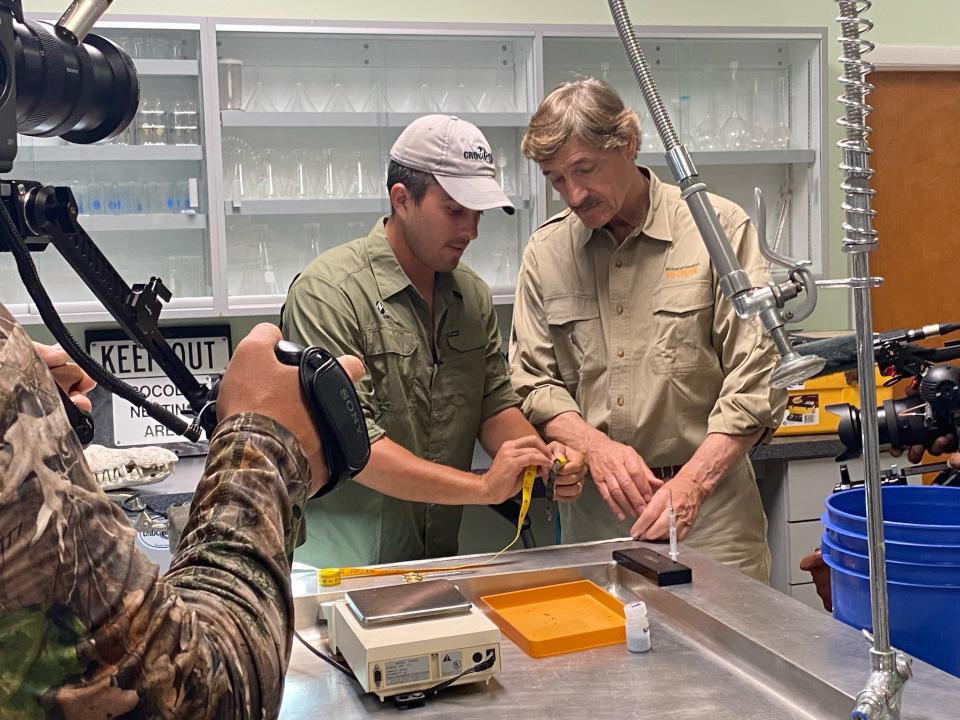
How did a power company do this?
The canals used to cool the steam at Turkey Point instead of cooling towers also serve as a perfect habitat for the crocodiles. FPL built 168 linear miles of canals it uses for the operation of the plant, Orlove said.
"It didn't happen because we built these canals but the canals and the habitat within it, allows a great habitat for these American crocodiles to go through the whole circle of life," he said. They have been "downlisted from endangered to threatened and that is in part because of this habitat they have in these canals. Absolutely they are thriving."
So that the crocodiles can spend their entire life cycle in the area around Turkey Point, FPL dug out fresh-water ponds.
"They (crocodiles) need to have both fresh water and salt water," Orlove said. "They have that because there are fresh-water ponds that we have dug out in the berms. They bring the eggs up to the berms, that's where the females lay their eggs. And when they hatch, they come out and they need to be in fresh water before they come into salt water. It gives them that habitat. …
"It's able to survive by mating, hatching. Everything is there."
After the first crocodile egg was found, FPL wanted to help the reptile survive. The company's American Crocodile Program conducts capture surveys to document population size, activity, growth and survival of the species.
Mutual of Omaha’s Wild Kingdom Protecting the Wild crew traveled to Florida to visit Turkey Point to see its more than 500 crocodiles. Its program called "Nuclear Crocs of the Everglades" aired in 2023.
In 1992, 107 crocodiles lived on the 11,000 protected acres at Turkey Point when Mutual of Omaha’s Wildlife Heritage Trust visited.
"It's very unique in that we have the ability to provide clean emissions free energy in this very unique habitat," Orlove said. Not only do crocodiles live there, but also birds and plant life," he said.
"This is an example of how wildlife can thrive next to a nuclear power facility."
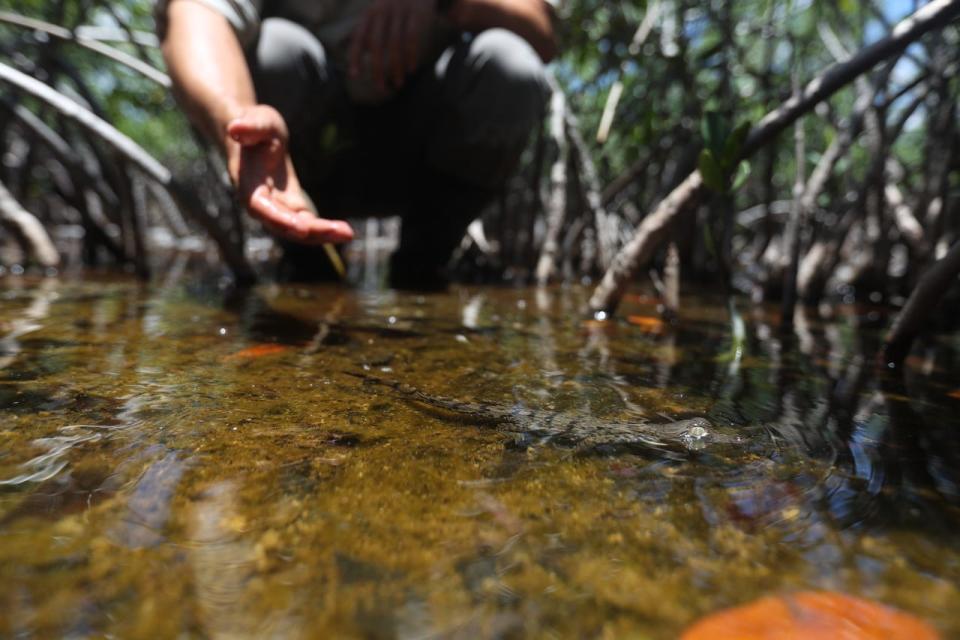
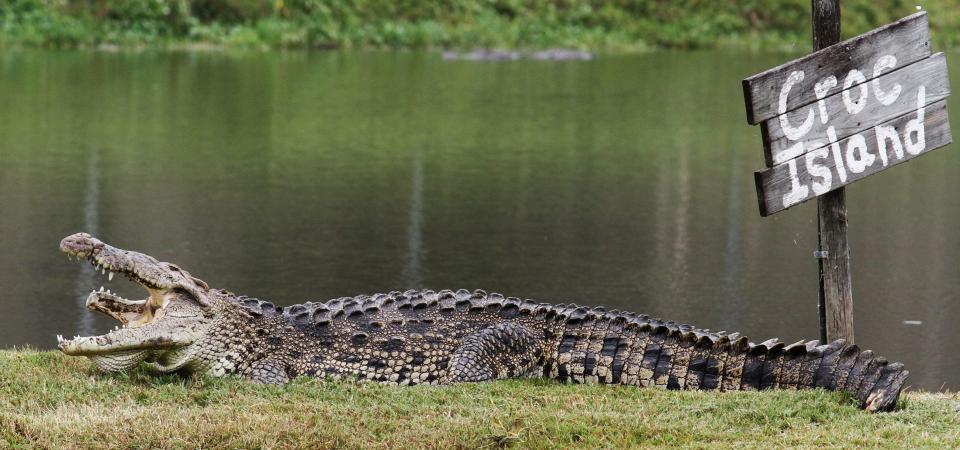
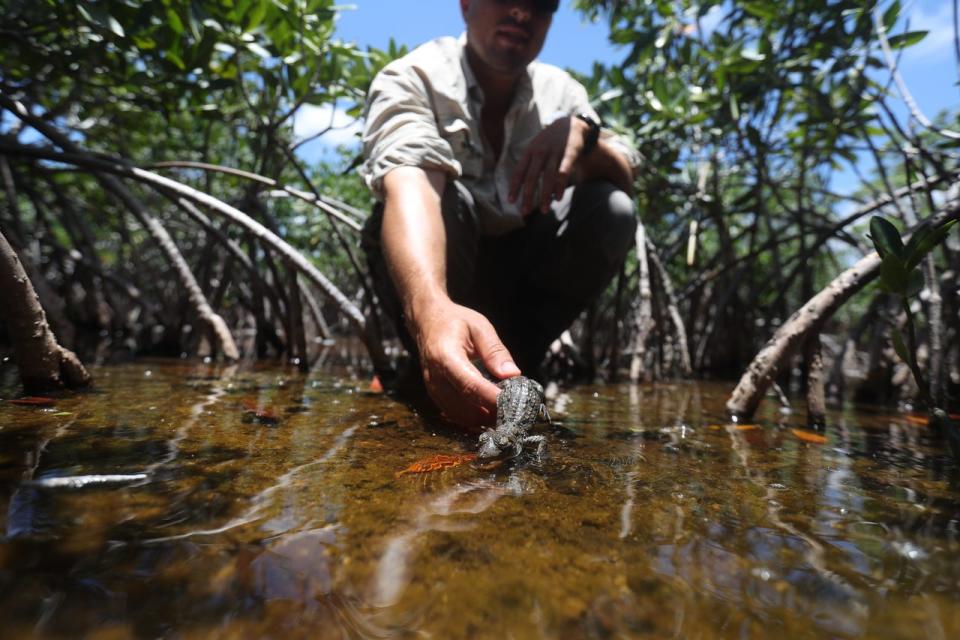
This article originally appeared on Naples Daily News: Florida nuclear site home to American crocodiles and they're thriving

